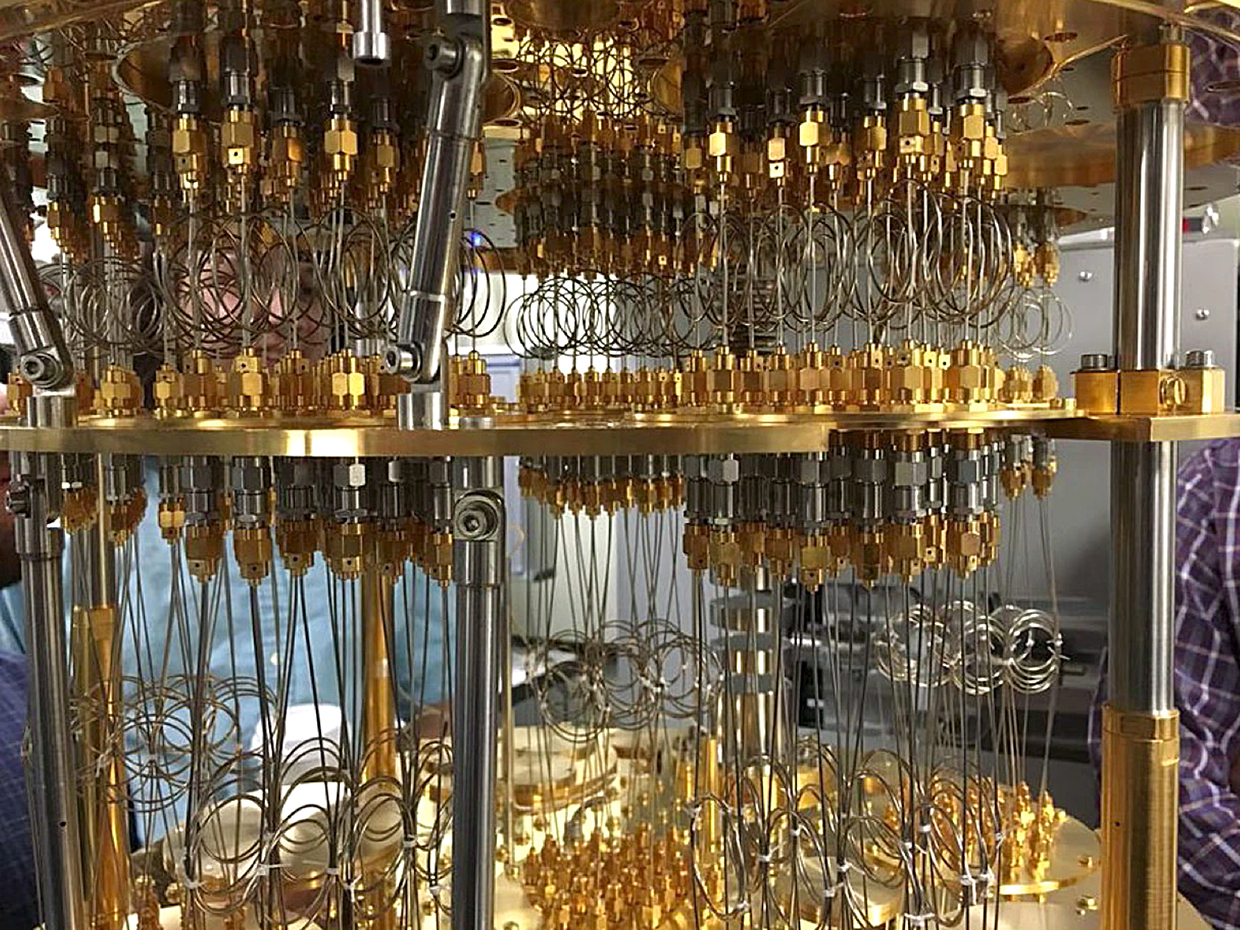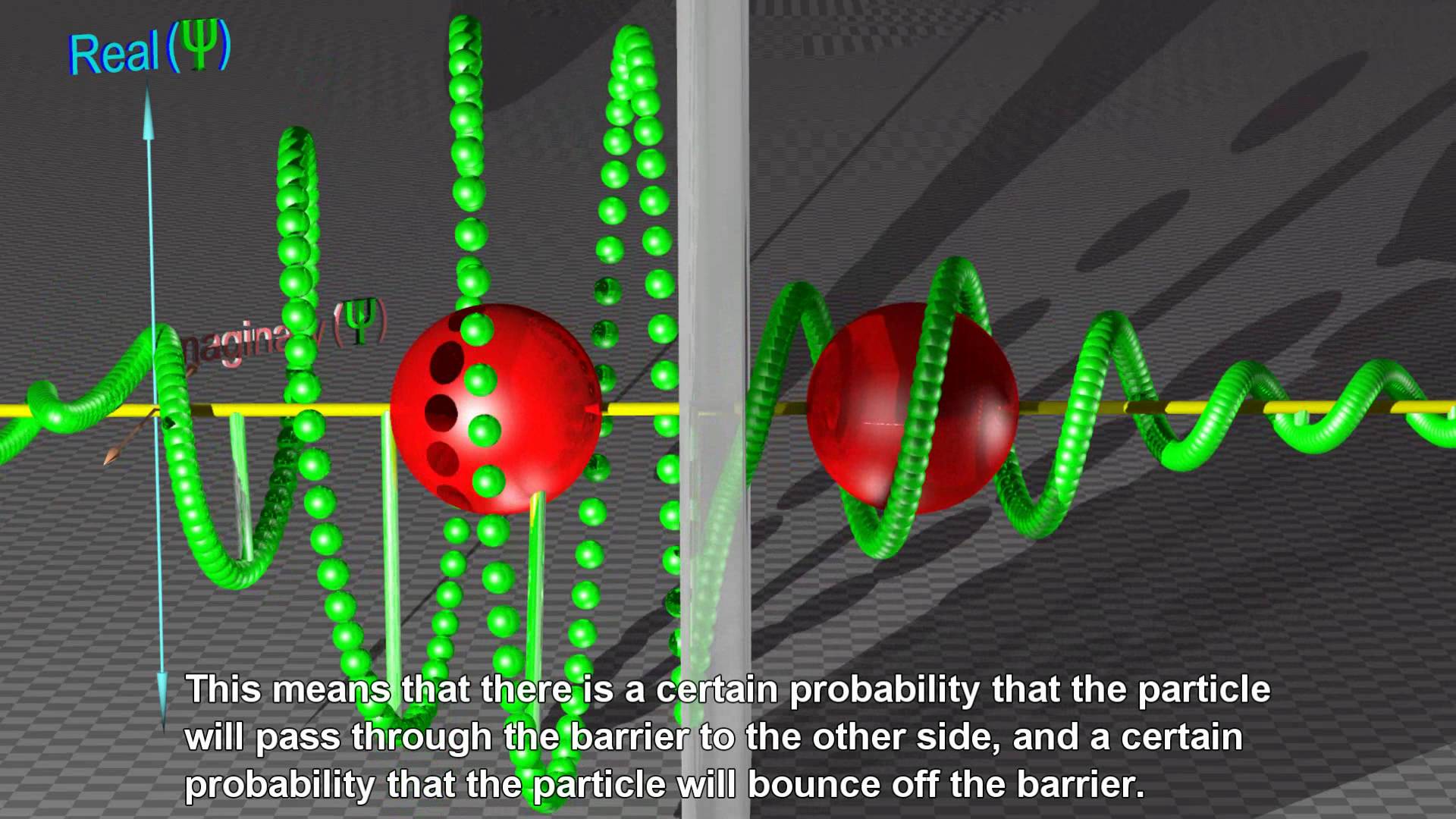S

“Time is nothing but a stubborn illusion”
The word time is, one of the most frequently used word. Valued and procrastinated, understood and misunderstood, thoughtful and worthless everything is influenced by time. Although we might be so familiar with time. The word itself is very ambiguous. But the use is very similar, most of the available dictionaries stated time as a “period” but digging deeper into it, produces very ambivalent descriptions. But when you dig more deep, you can only see one source coming up. You realize, Time is very uncertain in itself, it is always in motion. Continuously and swiftly bewitching our life. It is valued, interpreted, sensed, every-time, but one thing for sure, is, “measurement” which is no bewildering aspect of time vivid and clear. Time means measurement from smallest to the largest quantities, it is a quantitative subject of fascination. Time most of us, can be thought as “periodic”. The beats, the frequency something that has rhythmic approach.
Understanding “Periodic”
Let us talk about days, Days they are regular. For a
normal human being, Days might not appear periodic. You know, when boredom
strikes, your days unwillingly get long. Unfortunately, science never cared
about your personal opinions. So how do I know, if your days are periodic, regular?
One of the easiest way to do would be, doing as your parents do with you and
your friends, “Comparison”. Looking at any other periodic phenomenon at the
same time with days.
The experiment here can
involve anything that is regularly going on. Droplets of water, hourglass,
anything, just make sure it is regular. For instance, take hourglass, and look
after it how many will it takes the sand from the upper body to completely get
into the lower one. Do this at any time maybe when sun is at any particular degrees
and stop at some specific degrees. Take your samples, maybe for a week, and
compare it. Compare the hourglass with sun, compare your samples with other
samples. If they look similar (They do), congratulations we now have your
answer, about your skepticism of regularity of periodic hours in a day.


 Some phenomena of quantum mechanics might have a huge impact on human technology in the future, particularly in the form of quantum computers. A quantum computer is a computer using quantum superposition and quantum entanglement to improve its computing power. How?
Some phenomena of quantum mechanics might have a huge impact on human technology in the future, particularly in the form of quantum computers. A quantum computer is a computer using quantum superposition and quantum entanglement to improve its computing power. How?
